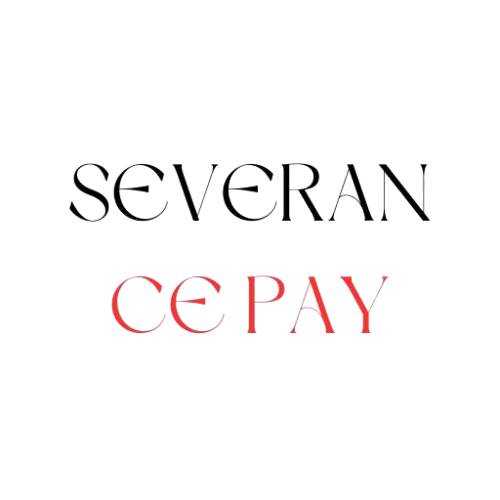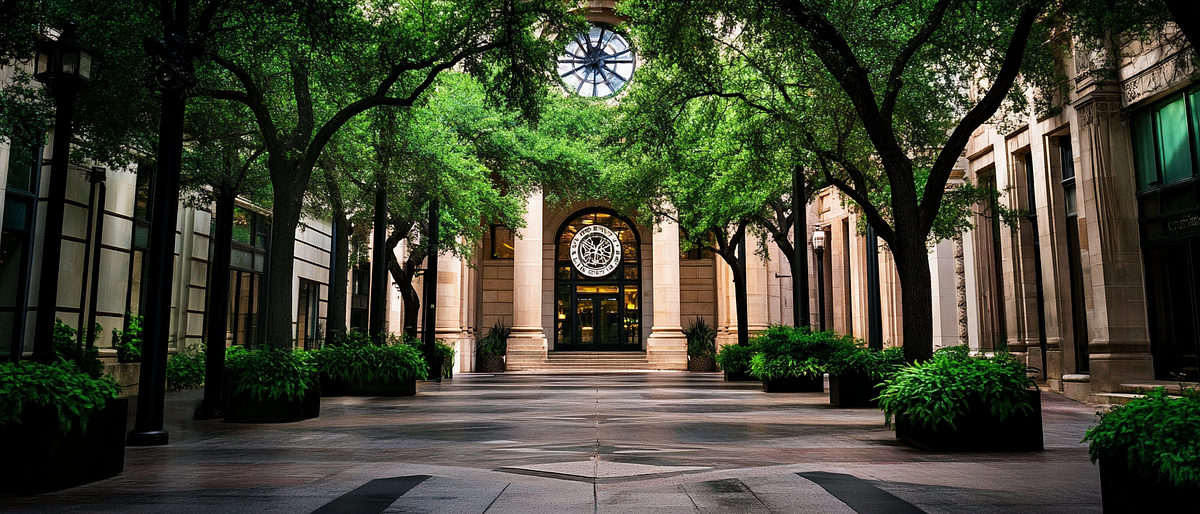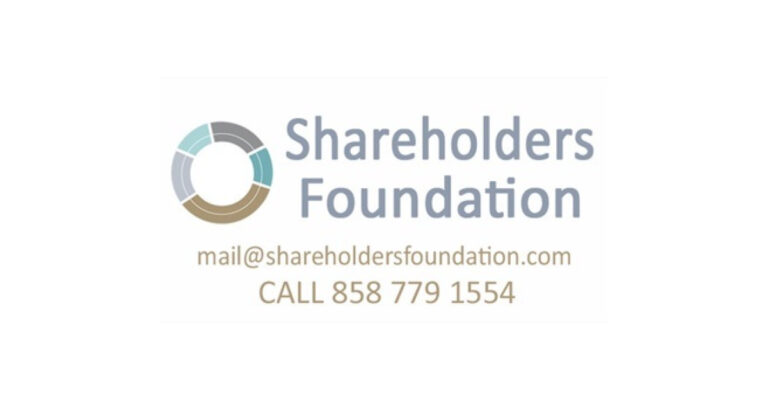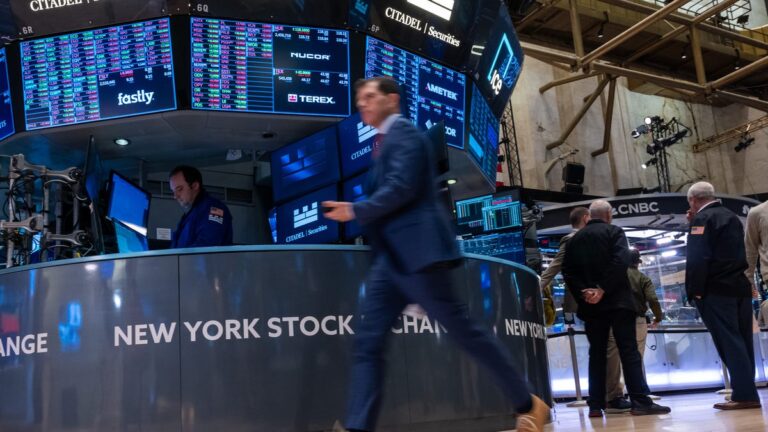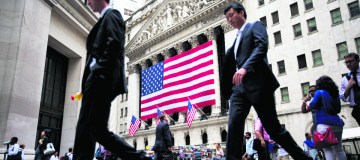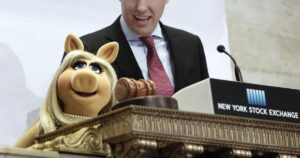On December 12, 2024, viewers of CNBC’s Squawk on the Street, like myself, watched Time Magazine recognize President-Elect Donald Trump as Person of the Year at the New York Stock Exchange. Financial industry titans huddled on the exchange floor, including David Solomon of Goldman Sachs, Bill Ackman of Pershing Square, and Ken Griffin of Citadel.
Jim Cramer, American television personality, former hedge fund manager, and co-host of Squawk on the Street, decided to go on the floor. He did ad hoc interviews with the attendees, including Robert F. Kennedy, Jr., secretary of the Department of Health and Human Services nominee, and the president-elect himself.
The event reminded me of another big news story this year: an incoming contender of the well-established NYSE, the Texas Stock Exchange.
While the TXSE isn’t news or currently trending, I believe it is one of the more interesting financial stories of the past year, and we’re only in the early innings.
What is the TXSE?
The exchange plans to launch its platform and facilitate trades in late 2025, with its first listings expected in early 2026.
The Texas Stock Exchange (TXSE) is a new player in the market, aiming to revitalize competition for issuers and establish a premier venue for listings.
Headquartered in Downtown Dallas, Texas, TXSE is backed by big names like BlackRock and Citadel Securities, with investments totaling around $135 million as of September 2024.
The exchange plans to launch its platform and facilitate trades in late 2025, with its first listings expected in early 2026.
TXSE will allow double listing of companies already present on the NYSE or Nasdaq and will have an exchange-traded fund (ETF) business.
The brainchild behind TXSE is James Lee, who serves as the CEO, and the exchange has already appointed notable figures like Richard W. Fisher, former President of the Federal Reserve Bank of Dallas, as strategic advisor and Rick Perry, former Texas governor, as a member of the board of directors.
The Texas Stock Exchange (TXSE) was prompted by a desire to increase competition in the US equity markets and provide an alternative to the New York Stock Exchange (NYSE) and NASDAQ.
The TXSE aims to revitalize competition for issuers, establish a premier venue for listings, and create a world-class trading platform for all market participants.
Texas’s favorable regulatory and tax environment also played a significant role in establishing the TXSE. The state is already home to many Fortune 500 companies, and the TXSE hopes to attract even more companies looking for a competitive alternative.
The TXSE’s founders also believe that the exchange can provide better listing standards, lower costs, and more transparency, benefiting investors, global issuers, and liquidity providers.
Texas Stock Exchange (TXSE) could be considered one of the most interesting but underappreciated financial news stories of 2024
- Disruption of traditional financial hubs: The TXSE represents a challenge to the traditional dominance of Wall Street and the NYSE. This disruption can create new opportunities and shift the balance of power in the financial world.
- Regionalization of finance: The TXSE is part of a larger trend towards regionalization in finance. As regional exchanges like the TXSE gain traction, they could potentially reduce the concentration of financial power in traditional hubs like New York.
- Innovation and competition: The TXSE promises to bring innovation and competition to the financial industry. By offering lower fees, streamlined listing processes, and a more regional focus, the TXSE could attract companies and investors looking for alternatives to traditional exchanges.
- Economic implications for Texas and the US: The TXSE has the potential to drive economic growth in Texas and beyond. By providing a new platform for companies to raise capital and for investors to participate in the market, the TXSE could contribute to job creation, innovation, and economic development.
- Under-the-radar story: Despite its potential significance, the TXSE story has flown under the radar for many investors and financial observers. This lack of attention makes the TXSE a fascinating and underappreciated financial news story of 2024 and the years to come.
Maybe it’s because the week the TXSE news story broke, this happened:
“Keith Gill, aka Roaring Kitty, aka DeepFuckingValue is now a
Billionaire as GameStop stock, $GME, surges past $65 in after-
hours trading.”
Let’s talk politics without getting too political.
The Texas Stock Exchange (TXSE) has sparked significant interest and debate, with several political issues surrounding its establishment. At the heart of the push for the TXSE is a desire for independence and regional control over financial matters.
This desire for autonomy is driven by the perception that Wall Street and the traditional financial hubs are out of touch with the needs of businesses and investors in other regions.
Governor Greg Abbott has strongly supported the TXSE, citing the benefits of increased access to capital for businesses and more choices for market participants. He also believes that the TXSE will help establish Texas as a major financial hub, rivaling New York.
Some critics argue that the TXSE is a politically motivated attempt to challenge the dominance of Wall Street and the traditional financial elite.
Others consider it a genuine effort to create a more diverse and competitive financial landscape. The TXSE has also been seen as a symbol of Texas’s growing economic influence and its desire to assert itself as a major player in the financial world.
With the backing of major investors like BlackRock and Citadel Securities, the TXSE is poised to become a significant force in the financial industry.
What does the TXSE mean for retail investors like you and me?
The Texas Stock Exchange (TXSE) is expected to benefit retail investors. Increased Investment Opportunities will arise as the TXSE aims to support Texas-based businesses, providing a platform for public listing and trading. Retail investors will have access to a broader range of companies, particularly those in industries like energy, technology, and agriculture, which are prominent in Texas.
The TXSE may also offer lower fees and barriers to investors. By maintaining a regional focus, the exchange might provide a more straightforward and lower fee structure than major national exchanges. This could benefit retail investors, especially those just starting or preferring to make frequent small investments.
Additionally, the TXSE could provide Diversification Opportunities for retirement portfolios. Retail investors can spread their investments across different sectors by investing in local companies and regional industries, potentially reducing risk and increasing returns.
However, retail investors must be aware of the Potential Risks of investing in smaller, regional companies. These companies may be more volatile, and their stocks may be subject to higher price fluctuations.
Overall, the Texas Stock Exchange is expected to provide retail investors with new opportunities, lower fees, and diversification options.
As always, it’s crucial for investors to carefully evaluate the risks and rewards before making any investment decisions.
